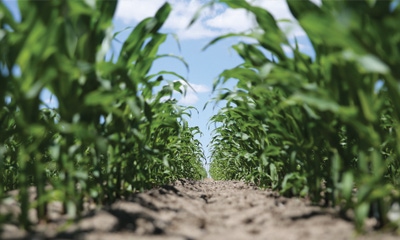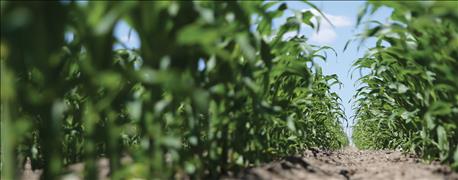July 7, 2016

With the current condition of grain prices, there are questions that we all are more than likely asking.
* How much can I decrease my cost/A. before it hurts me?
* If I decrease my cost/A., which inputs do I cut and how much?
* How do I make $3.50 corn and $9.00 soybeans pay?

Goal of Beck’s Practical Farm Research (PFR)® — to provide farmers with the best farmer-focused research and advisors to add profitability to the farm.
When margins get tight, we tend to get emotional and start making decisions based on recent experiences. The management decisions we make regarding the questions above can have large and lasting implications. They have the power to affect the financial stability of your farm, and ultimately the financial well-being of your family. Those decisions cannot be made out of emotion, from your recent experiences, or from “what has worked on your farm” alone.
What if I said your cost/A. doesn’t matter? I bet you probably disagree. Of course it matters. However, we need to get ourselves to the place where we can start making fact-based decisions based on real data that will benefit us over time, not emotional ones. We need to be a little rattled. We need to be willing to open our minds.
You don’t sell acres. You sell bushels. That means your cost/Bu. matters more than your cost/A. I’ve written a previous article about this concept, but let’s take it one step further. Cost/Bu. is cost/A. divided by yield. But where does grain price come into play? The cost of our inputs must provide a return on investment (ROI) at today’s market price. Beck’s Practical Farm Research (PFR)® Book provides ROI on many management practices. By utilizing the PFR Book and considering the factors below, you will be better equipped to make smart decisions to answer the questions above.
* Cost/A.
* Yield
* Grain market price
* Correct rates of the products being used at the current market price
* Long-term results for the products you are planning to use
To serve as an example, page 238 of the 2015 PFR book shows that the economic optimum nitrogen rate (EONR) was 225 lb./A. That was our most recent experience. Does that mean you should apply 225 lb. on your fields?
In this same example, our seven-year data shows that at $0.50/lb. of nitrogen, the EONR is 193 lb./A. This rate was based on the following:
* Yield
* Cost of nitrogen
* Grain market price
The net return is the gross income (yield x grain market price), minus the treatment cost. In 2015, Beck’s PFR used $4.02/Bu. as the corn price. What about now? Corn is only $3.50.
How much can I decrease my cost/A. or rate/A. of nitrogen before it hurts me? When running the seven-year data again at $3.50, we find that the EONR went down to 189 lb./A. of nitrogen.
What? It only went down 4 lb./A.? Yes.
In this scenario, should you decrease your nitrogen rate? No.
Sometimes you need to spend the same on inputs, other times you may need to spend more, and sometimes you’ll need to decrease your cost/A. in order to increase you profits. Beck’s continues to invest in PFR to answer these questions from an unbiased perspective.
With PFR, you have access to the largest source of unbiased agronomic information in the industry. I challenge you to use it. Contact a Beck’s representative today to learn more. We have over 50 support staff whose only job is to help you succeed, fulfilling our mission of providing farmers with the best farmer-focused research and advisors to add profitability to the farm.
Ryan McAllister | Beck’s PFR Director
For more information visit the PFR page on BecksHybrids.com.
You May Also Like




